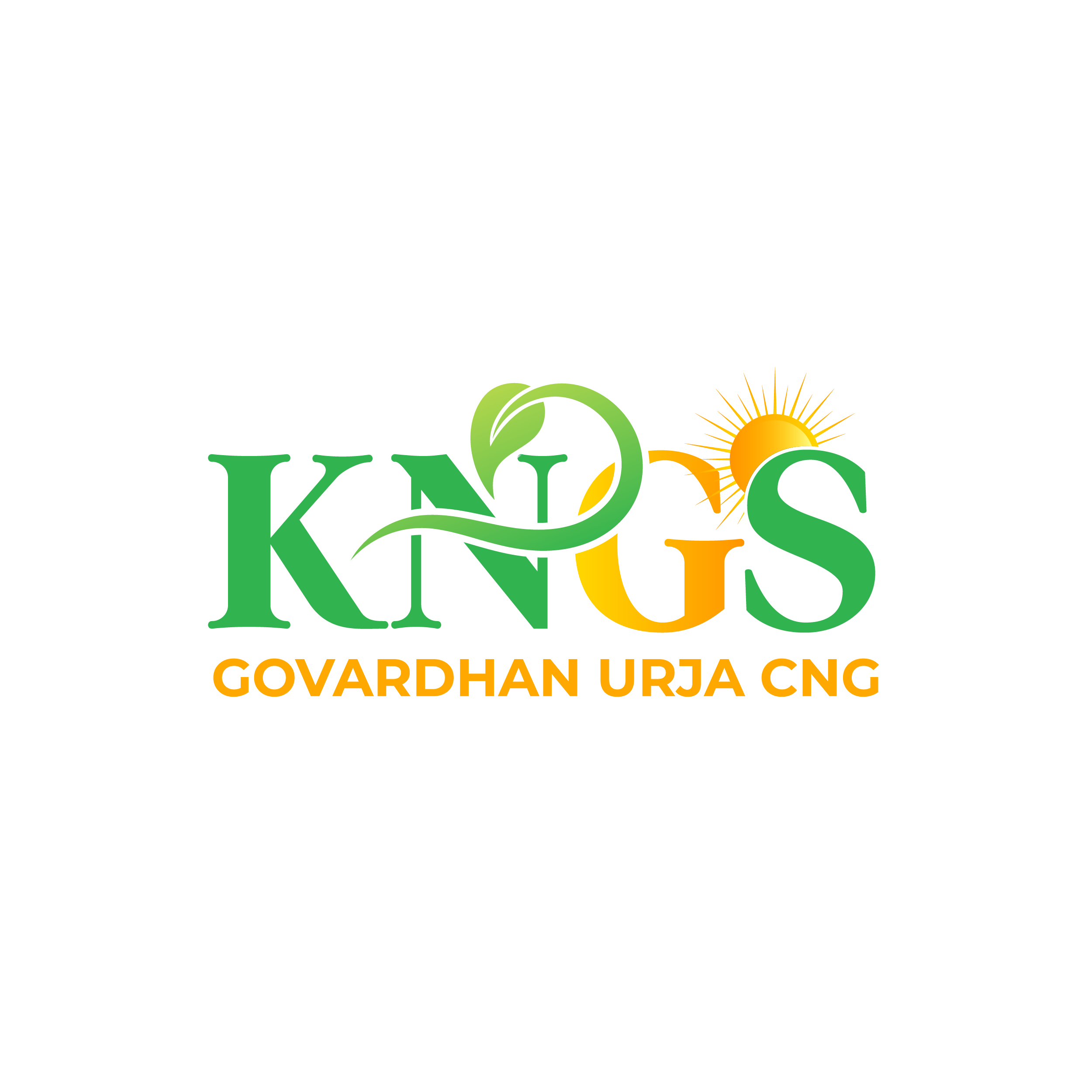

KNGS
Have Questions? We’ve Got Answers
Frequently asked questions
करार शेती म्हणजे आपण आपल्या एकरावर कीतीतरी ठरवलेली पिकवणी करत आहात आणि ती KNGS कडे विकत घेतली जाते—शेतकरी सुरक्षित उत्पन्न मिळवतात.
KNGS आपल्या एकरावर निगराणी करार शेती करतात. त्यांनी तरतूद केलेल्या दराने आणि पद्धतीने शेतकऱ्यांना प्रति एकर ₹1,75,000 निश्चित उत्पन्न मिळते. हे आर्थिक स्थैर्य आणि दीर्घकालीन करारांद्वारे साध्य होते.
“₹999/- नोंदणी शुल्क” भरून आपले नाव करार शेतीसाठी त्वरित नोंदवा. नोंदणी झाल्यावर, आमची टीम 48 तासांत आपल्याशी संपर्क साधेल.
“अधिक माहिती हवी आहे का?” या फॉर्मद्वारे आपला डेटा (नाव, मोबाईल, शहर, एकर जमीन, ई-मेल) पाठवा—त्यानंतर आपल्याला कंपनीची PDF माहिती मोबाईल अथवा ई-मेलवर मिळेल.
– KNGS नैसर्गिक व शेतीतील अवशेष—जसे की नेपियर गवत, गोवळ, इत्यादींपासून Bio-CNG (CBG) तयार करते.
– त्यांनी देशातील पहिला नेपियर गवतावर आधारित CBG प्रकल्प पुणे, आंबेगाव जवळ सुरू केला—10 टन प्रति दिवस क्षमतेचा.
नेपियर गवत उत्पादनास सोपे आहे—एकरी 150–175 टन उत्पादन, पाण्याची कमी गरज, पटकन वाढते, आणि त्याचा मीथेन कमी वेळात तयार होतो. हे गवत CBG उत्पादनासाठी आदर्श आहे कारण ते उच्च उत्पन्न देते आणि कमी संसाधनांची गरज असते.
ते पुण्याजवळील आवसरी (अंबेगाव, तालुका) येथे 10 TPD CBG प्रकल्प चालवते.
प्रति एकर ₹1,75,000 वार्षिक उत्पन्न
दीर्घकालीन करार — आर्थिक स्थैर्य
नवीन शेती-तंत्रज्ञानाची मदत
पर्यावरणपूरक शेती सुरू करेल
KNGS गोवळ खरेदी करते—पूर्वनिश्चित दरावर, झालेल्या खरेदीसाठी त्वरित पैसे मिळतात, मासिक स्टेटमेंट मिळते, आणि उपयुक्त जैव-खत (digestate) देखील मिळू शकते. उदाहरण – नाशिकजवळील शेतकरी Suresh Patilला 10 गाईंपासून दर महिन्याला ₹3,000–₹4,000 अतिरिक्त मिळत आहे.
कचरा (गोवळ, कचरे), गोळा → स्लरी → anaerobic digester → biogas → purification (H₂S, CO₂ काढून; methane purity >95%) → compression → CBG म्हणून वापर. बाजूला मिळालेला ठोस वापरून सेंद्रिय खत तयार होते.
High-Load Reactor (HLR) तंत्रज्ञान — कमी जागेत अधिक बायोगॅस तयार करणारं
Two-Stage Gas Purification — उच्च शुद्धतेचं (CH₄ > 96%) आणि सुरक्षित इंधन तयार करणं (IS 16087 प्रमाणन)

Fuel the Future with Clean Energy.
Join the movement towards renewable solutions that power progress without harming the planet.
